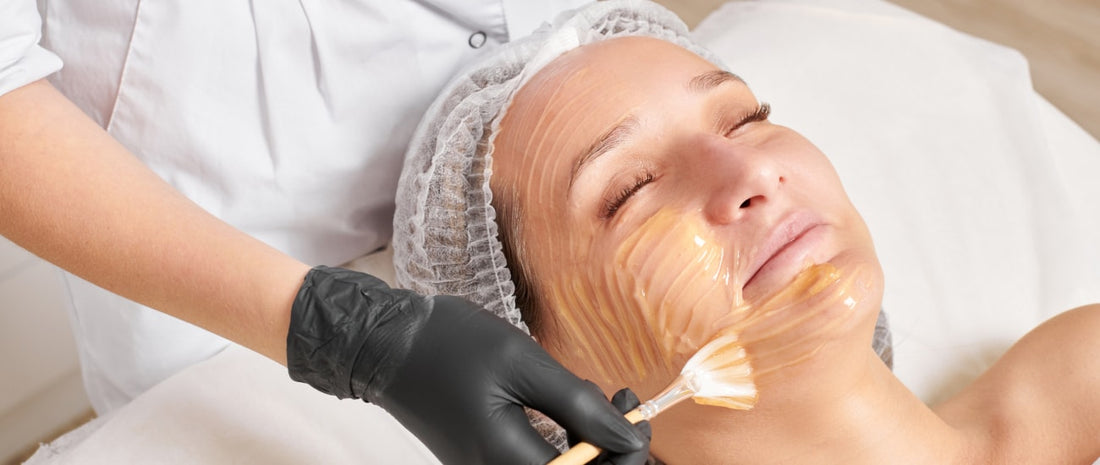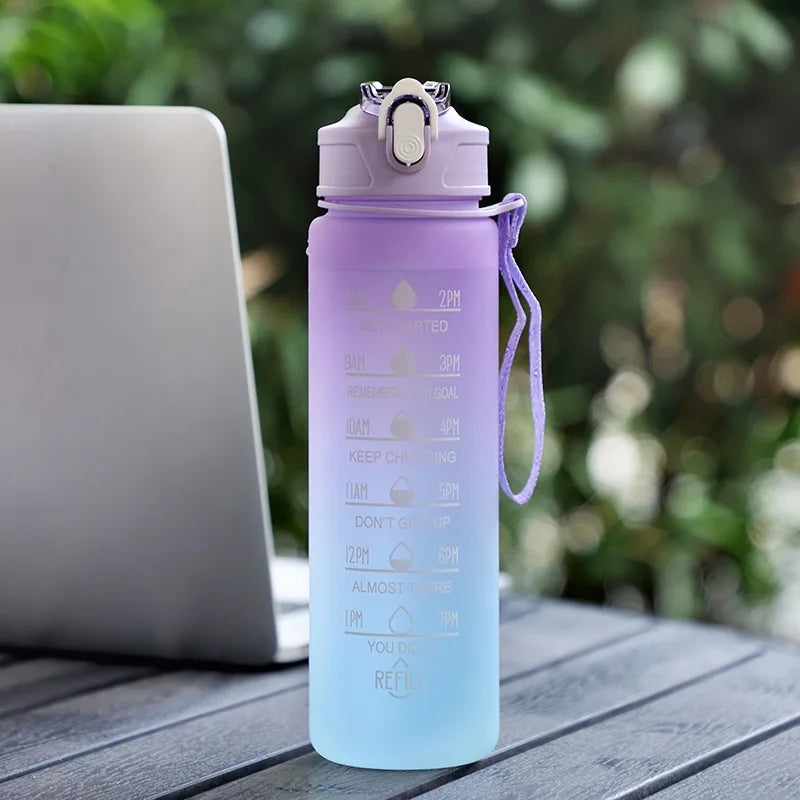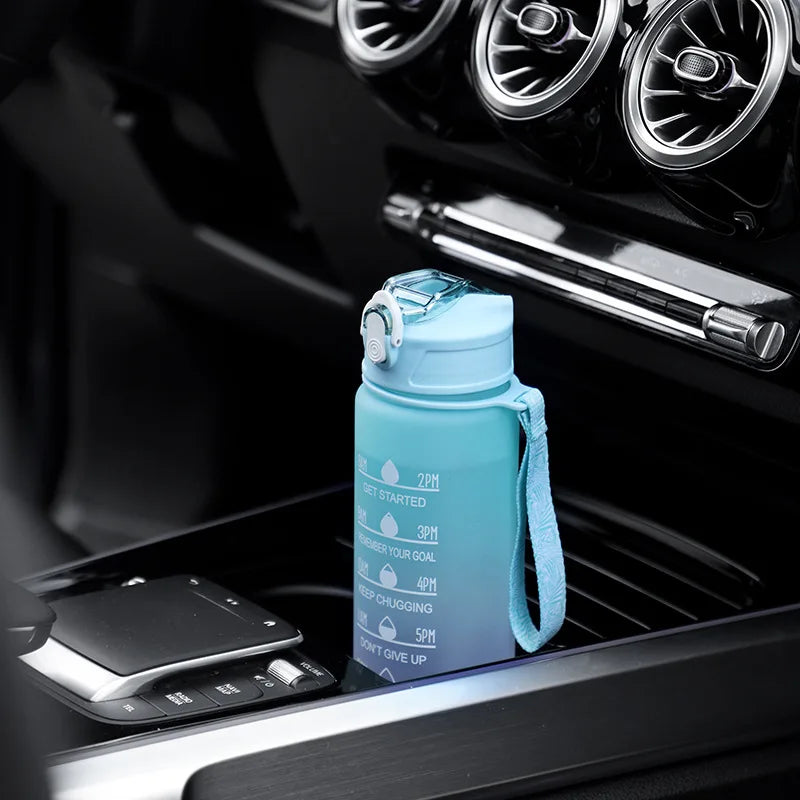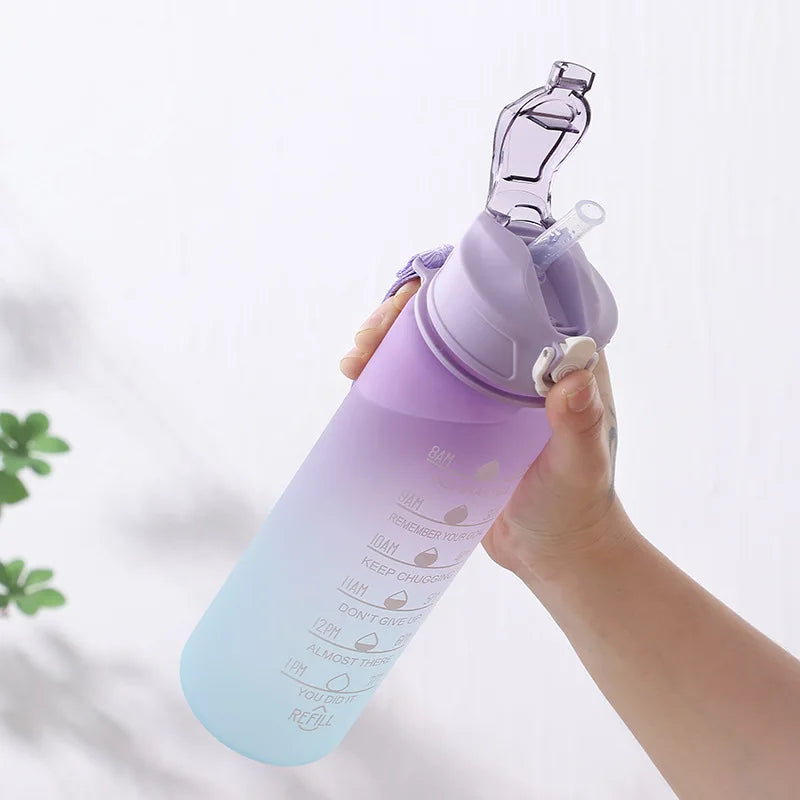
Skin Peels & Exfoliators: The Need To Knows
Did you know that the reason a baby’s skin is so soft and smooth is that their skin cells are replaced every few days!?
Sadly, as we grow older, the rate of skin renewal drops dramatically as cell turnover rates reduce.
Thus, dead skin stays around for more extended periods, causing your complexion to look lackluster and aged. That’s where exfoliators come into play!
If you wish you had baby-soft skin, you’ll have to invest time and effort in finding an excellent exfoliator that works for your skin type.
Here are some benefits of regular exfoliation:
-
Removes dead skin and other debris.
-
Reduces visibility of fine lines & wrinkles. The newly exposed layer of skin will also reflect light better.
-
It helps lighten age spots by removing dead skin cells that contain higher amounts of pigment.
-
Opens and unclogs pores. It allows for the release of your natural skin oils on a more consistent basis.
-
Reduces the appearance of small scars and enlarged pores.
-
Improves the absorption rate of other topical skin & beauty products. It includes moisturizers, antioxidants, and serums. It occurs when the exfoliant removes the top layer of dead and damaged cells, which had acted as a barrier.
IMPORTANT NOTE: Be Gentle & Go Slow!
Allow your skin to acclimate. Over exfoliation is a common mistake during the initial stages of a new skincare routine.
Be patient and remember to keep the skin hydrated using a daily moisturizer after exfoliating.
Read about: 8 Skincare Rule For Exfoliating
EXFOLIANTS EXPLAINED
There are two types of exfoliant classes:
-
Physical exfoliants use physical components along with friction to manually remove & scrub off the dead skin cells.
-
Chemical exfoliants use enzymes or acids to break down and remove debris & dead skin cells.

PHYSICAL EXFOLIANTS:
Have physical granules that leverage friction to scrub off the top skin layers. There are several granule sizes and the thickness & sensitivity of your skin dictates which size is best.
1. Large Granules
Best for oilier skin complexions that tend to have larger sebaceous glands and thicker skin. They can better tolerate larger particles and more abrasion. Consider using pumice or magnesium oxide crystals.
2. Small Granules
Best for drier, more sensitive skin. Consider ruby crystals or jojoba beads (seeds from the jojoba plant). They’re often small and uniform in both size & shape. Thus, they are less likely to irritate, cut, or abrade your skin and reduce the probability of small skin tears.
3. Seeds & Crushed Nutshells
These natural exfoliant ingredients have been used for generations. But that doesn’t mean it’s right for all skin types. The uneven edges & irregular particle shapes can cause tears on sensitive skin. Again, please be careful and go slow!
CHEMICAL EXFOLIANTS - ACIDS & ENZYMES
Chemical exfoliants use acids & enzymes to weaken the bonds between dead skin cells encouraging new cells to grow. They are best for oily and sensitive skin types since they cause less irritation. First, let’s discuss Acids, then Enzymes.
Acid Exfoliants (aka Hydroxy Acids) generally come into two groups: Alpha hydroxy acids (AHAs) & Beta hydroxy acids (BHA).
Both groups work by loosening the bonds between dead skin cells to aid removal. However, AHA is water-soluble, and BHA is lipid-soluble.
Thus, BHA is more effective on oily skin. The most commonly used BHA is Salicylic Acid.
The most common and well researched AHA-based skincare products include glycolic, lactic, mandelic, and citric.
Of the acids mentioned above, glycolic, lactic, and salicylic acids have the most clinical research.
Glycolic Acid
Glycolic acid is considered one of the best-performing AHAs. Made from sugarcane, it has the smallest hydroxy acid molecule and, thus, can penetrate the skin’s deepest layers quickly.
It’s also the most effective at stimulating collagen and reducing the visibility of fine lines and wrinkles.
Because glycolic acid reduces wrinkle depth and photodamage, it is ideal for mature or old skin. It also promotes moisture within the skin, which is particularly useful for people with dry skin.
Also, glycolic acid increases the skin’s hyaluronic acid levels, which further supports collagen production.
However, it’s important to note that because glycolic acid penetrates deep into the skin and acts quickly. It can often be irritating on certain skin types (e.g., sensitive types) when you first start using it.
Lactic Acid
As the name might suggest, this ingredient is derived from milk (sour milk to be exact). Lactic acid exfoliates while increasing moisture levels in the skin’s top layers. It also improves the skin’s resistance to dryness & flakiness.
Lactic acid is ideal for exfoliation and skin lightening. And since it’s comprised of a larger molecule, it’s more gentle on the skin than glycolic acid.
Some studies showed lactic acid could increase skin firmness and reduce the appearance of lines and wrinkles.
Lastly, it can directly inhibit melanin production and help clear up Sunspots!
Salicylic Acid
Salicylic acid dissolves dead skin cells on the surface and penetrates the skin to clean out clogged pores by removing oil and debris that causes acne & blackheads.
Besides, it can correct dark spots and has topical anti-inflammatory actions.
We’d recommend salicylic acid for those with acne-prone skin or pigmentation issues.
Interestingly, some AHA-based products can cause hyperpigmentation in dark-skinned patients. However, salicylic acid is a very safe, stable, and predictable ingredient.
To further reduce acne-causing bacterial growth (e.g., comedogenic p. acnes), combine your salicylic acid-based product with an antibacterial product.
As with most acids, salicylic acid can cause skin drying, so be sure to moisturize consistently after applying.
Enzyme Exfoliants are an excellent option if you have sensitive skin. Enzymes typically come from natural sources such as fruits but work in the same way as their acid-based counterparts. However, they tend to operate at much slower speeds.
But, this slower pace promotes a gradual, safe, and gentle exfoliating process compared to acid exfoliants.
Many estheticians prefer using enzymes in their facial and masque treatments for these reasons.
CHEMICAL PEELS - provide a different delivery style
Peels are a type of chemical exfoliant and utilize acids or enzymes to exfoliate your skin.
Peels are classified based on their strength and penetration power. Beware, the deeper the peel class, the longer the skin recovery period:
-
SUPERFICIAL – As the most gentle peel, superficial peels have no downtime and only remove the top layer of the epidermis. But, they result in immediately smoother skin and a lighter complexion.
-
MEDIUM – Medium peels have more prolonged recovery time and potentially additional side effects. Many have ingredients derived from trichloroacetic acid (TCA). TCA penetrates deep into the skin to treat sun damage, skin pigmentation, and wrinkles. These peels may require a little downtime and result in redness—best for a night indoors with no plans.
-
DEEP – The deep peels are sometimes quite painful and can take up to a month for a full recovery.
Use them sparingly for Sun damage, light to moderate scarring, and deep lines or wrinkles
These peels tend to use carbolic acid or high- strength TCA to reach deeper skin layers. As expected, deep peels have longer recovery times.
Today, newer laser technology might even be a safer alternative with less complication risk if you can afford the treatment.
















